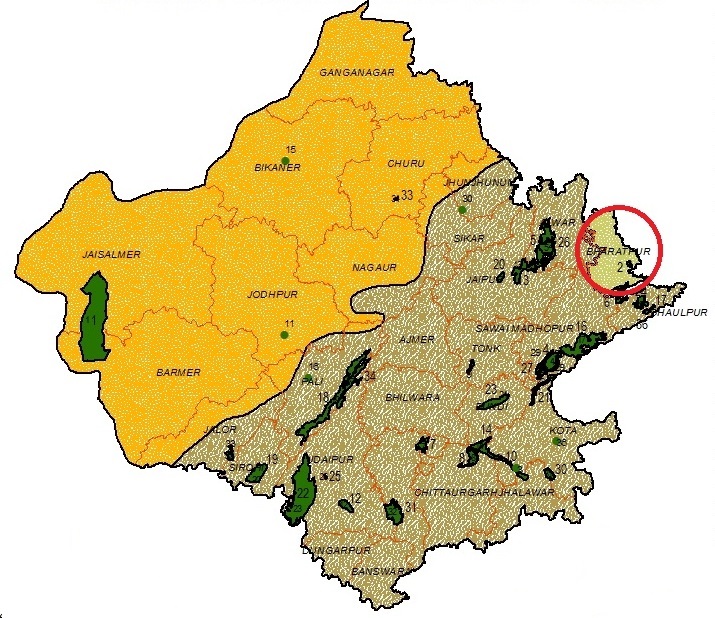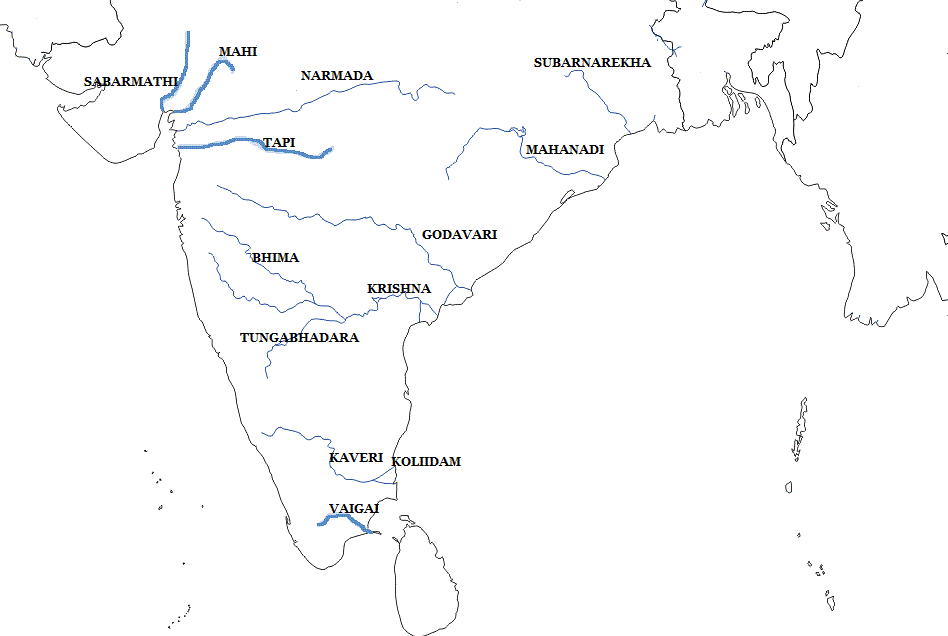Project Dhoop
Microfactory to tackle e-waste hazard
NITI Forum for North East
Bharatpur Bird sanctuary

Stepwells
Arsenic pollution
Map of the Day
India Peninsular Rivers

| Rivers | Origin | Major Tributaries | States through whichthe river passes |
| Narmada | Rises on the summit of Amarkantak Hill in Madhya Pradesh state | - | Madhya Pradesh, Maharashtra, and Gujarat |
| Tapi | Originates in the Betul district from a place called Multai | - | Maharashtra, Madhya Pradesh and Gujarat |
| Mahanadi | Hills of southeastern Madhya Pradesh state | Seonath, Hasdeo,Ib. | Chattishgarh and Odisha |
| Godavari | Trimbakeshwar, near Nasik and Mumbai in Maharashtra | Pranhita, Indravati, Manjira | Maharashtra, Telegana, Andhra Pradesh. |
| Krishna | Rises in the Western Ghats at an elevation of about 1337 m. just north of Mahabaleswar | Ghataprabha, Malaprabha, Bhima, Tungabhadra, Musi | Maharashtra, Karnataka and Andhra Pradesh |
| Kaveri | Brahmagiri Hill of the Western Ghats in southwestern Karnataka state | Hemavati, Kapila, Honnuhole, Lakshmana Tirtha, Kabini, Bhavani, Noyyal and Amaravati. | Karnataka and Tamil Nadu |
Source: PIB, The Hindu
akash 7 years
Godavari passes through 6 different states as follows: Maharashtra, Madhya Pradesh, Orissa, Telangana, Andhra and Karnataka.
where as Cauvery passes through Karnataka, Tamil Nadu, Kerala and Puducherry.

IAS Parliament 7 years
We want to clarify that Kaveri River does flow only through Karnataka and Tamilnadu. Only its basin extends to Kerala and Puducherry too. Similarly Godavari River pass only through Maharashtra, Telangana and Andhra Pradesh, whereas its basin extends to Karnataka, Orissa, Chattisgarh and Madhya Pradesh too
J K Aravind 7 years
Arsenic Contamination: Arsenic Contamination through natural (geogenic) and anthropogenic sources is a serious threat to humans all over the world. Natural resources of arsenic exposure may include contaminated groundwater, volcanic sediments, coal, and springs sourced by thermal waters.
Kiran Choudaj 7 years

IAS Parliament 7 years
Thank you for bringing it our notice. Kaveri River does flow only through Karnataka and Tamilnadu. Only its basin extends to Kerala and Puducherry.